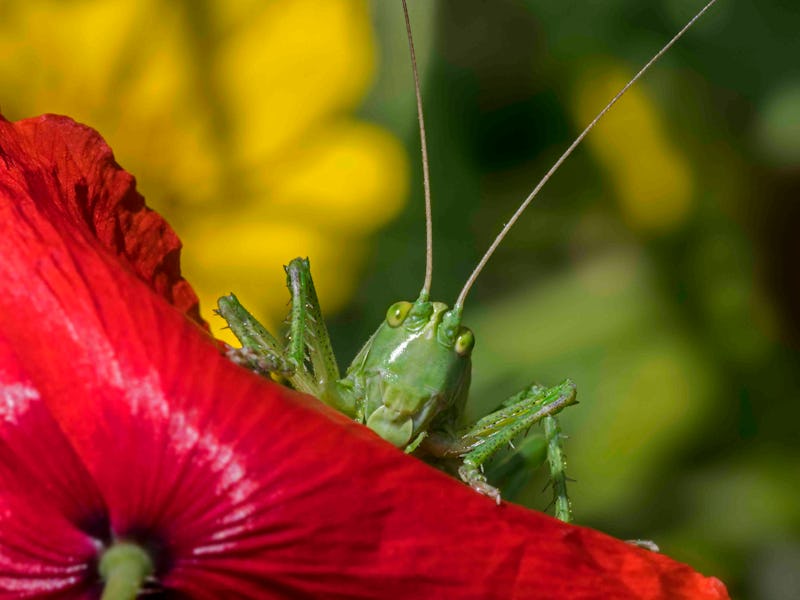Watch Out For These Bizarre Animal Behaviors That Occur During a Solar Eclipse
When the Moon passes in front of the Sun, animals get very confused.

Hopelessly-romantic crickets can be tricked into serenading at unusual times — it’s one of the fascinating but poorly understood impacts of total solar eclipses.
On April 8, a total solar eclipse will sweep across North America. When the Moon passes in front of the Sun, it will block out the solar disk and turn the sky into a 360-degree sunset for several minutes. Animals will respond in turn.
Total solar eclipse seen in La Serena, Chile, on July 2, 2019.
For those who’ve had the pleasure of experiencing a total solar eclipse in person, sounds from nature are part of its magical feeling. It’s a reminder of how life in all forms is tied to the Sun’s trip across the sky. Consider crickets. At dusk, when predators might be less likely to encroach, male crickets chirp at length to attract their female counterparts. Solar eclipses have been known to leave the crickets duped into thinking it's time to chirp.
Total solar eclipses are brimming with science waiting to be studied. One new venture is the NASA-funded Eclipse Soundscapes Project.
“Fooled by the false dusk, birds stop singing, crickets start chirping, and bees return to their hives,” NASA officials wrote in an announcement of their new project on Monday. “We want to show that eclipses can be studied in a multi-sensory manner, through sound and feeling and other forms of observation,” Kelsey Perrett, communications coordinator of the Eclipse Soundscapes Project, said in the announcement.
Solar eclipses are rare occurrences, and they differ from each other. For example, last year’s solar eclipse that traveled across North and South America on October 14 was annular. The Moon’s disk was smaller in the sky than it will be in April, owing to it having been a bit farther away than usual in its orbit around the Earth. This meant the Moon only covered the middle of the Sun. This created a mesmerizing “ring of fire” but missed the chance to create a blackout.
The April 8 eclipse will be total. With only the wispy tendrils of the solar corona appearing, the landscape in the path of the Moon’s shadow will significantly dim.
The Eclipse Soundscapes Project will aim to replicate a similar study performed during the total solar eclipse of 1932, when almost 500 observations poured in from the public. This time around, non-scientists can contribute, too.
“The project, which is particularly interested in learning about cricket behavior, aims to answer questions like do nocturnal and diurnal [awake-in-the-daytime] animals act differently or become more or less vocal during a solar eclipse,” NASA officials write.
If you are interested in participating, NASA has more information here on how to do so.
They hope to span the entire eclipse path and collect more data than a single small team could gather, learning about crickets and their connection to the Sun like never before.